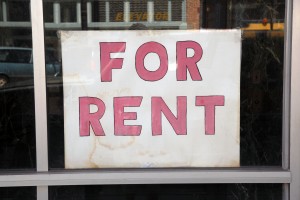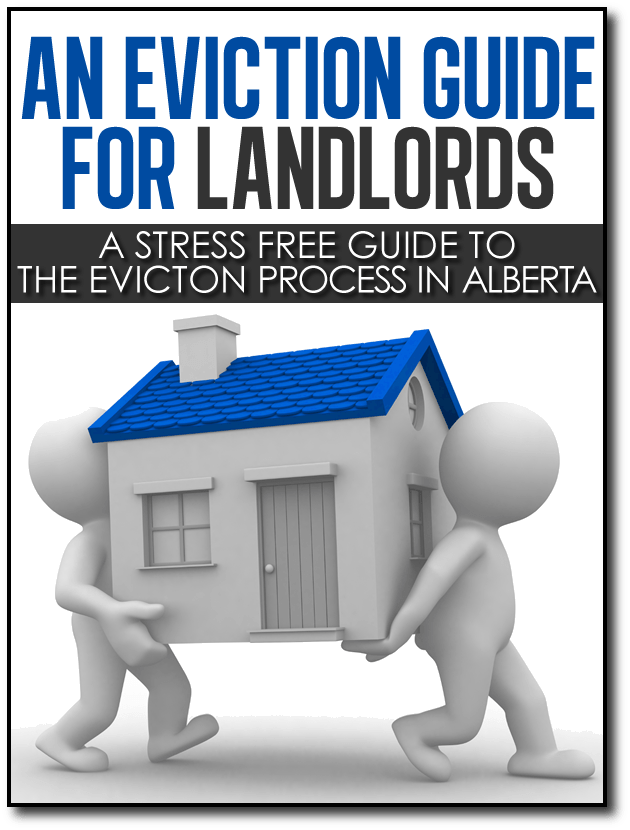Crucial Steps To Evaluate Potential Rental Properties
 I still have a few more articles up my sleeve to help beginning investors and today’s topic is “How Much Is The Rent?” It’s funny, or is it annoying, how often you will get this question. Usually they find you via your ad which should have the price right there, but for some reason they would rather ask you. Which leads me to the real point here, you need to know the rents in the area before you buy the property!
I still have a few more articles up my sleeve to help beginning investors and today’s topic is “How Much Is The Rent?” It’s funny, or is it annoying, how often you will get this question. Usually they find you via your ad which should have the price right there, but for some reason they would rather ask you. Which leads me to the real point here, you need to know the rents in the area before you buy the property!
Understanding Your Rental Markets!
To properly evaluate a rental property, you need to know what the average rents are for the places surrounding your potential property. This can be quite a tricky proposition if you haven’t been paying attention and is a key reason why many seasoned investors target specific neighbourhoods.
 By targeting one district or several adjacent neighbourhoods, it gives you a much better understanding of that areas local rental markets. At the same time, it helps identify both upper and lower rental limits for the area. Hopefully your target area is also heavily populated with rentals as it can make determining average rents quite a bit easier.
By targeting one district or several adjacent neighbourhoods, it gives you a much better understanding of that areas local rental markets. At the same time, it helps identify both upper and lower rental limits for the area. Hopefully your target area is also heavily populated with rentals as it can make determining average rents quite a bit easier.
Now some potential landlords think it’s best to avoid areas heavily populated with rentals, but they are missing the point. They look at it as being to competitive an area, but perhaps it’s wiser to instead focus on the extra prospects already living there that are looking for a landlord just like you!
Once you have determined the approximate rents, you can use these numbers to determine whether the property has the potential to be a viable profitable investment. It can also tell you whether it may drag you into a negative cash flow situation that drains your bank account each month and whether you need to avoid it.
Cash Flow Is King
 Cash flow needs to be a major concern for new investors, so don’t cut corners confirming local rents, as this is your main evaluation tool! During 2006 and 2007, appreciation was the cure all for properties that broke even or lost money, investors could afford to accept negative cash flow on a property knowing they could sell it in a year and make up their losses in increased equity.
Cash flow needs to be a major concern for new investors, so don’t cut corners confirming local rents, as this is your main evaluation tool! During 2006 and 2007, appreciation was the cure all for properties that broke even or lost money, investors could afford to accept negative cash flow on a property knowing they could sell it in a year and make up their losses in increased equity.
However, when the market dropped in 2007 and because it’s taken so long to recover, this strategy cost many investors their properties, their credit and for some their entire life savings. Meanwhile, investors that bought based on cash flow have thrived.
So how do you determine local rents? You can check out the competition online via the local rental sites or by simply entering a description of the rental unit and the area into Google. This will usually return the top rental sites for that area and can give you a great starting point. Or there are also the newspaper ads you can check, although more landlords are moving to online ads as they allow photos and lengthier descriptions.
The trap you need to be cautious of is many of the units that are listed are units that people don;t want and they can provide a false impression of the market. So it’s not the ones that don’t rent that you need to take note of, it’s the ones that appear and then come down reasonably quick that indicate what prospective tenants will pay for rent.
By understanding these price points you a have more accurate indication of the market and acquiring this knowledge can often be a three or four week process of watching the ads. Which again is why targeting a specific market or neighbourhood makes the process easier and allow you to make faster decisions as you have already done the homework before and if you already have properties in the area, you have one unit to compare immediately.
Another important part of checking out the competition is it establishes what you need to do to set yourself apart from other landlords. If other landlords in your target area aren’t updating their properties, budgeting for renovations to modernize your new property will set you apart from the other landlords and the other properties. Even minimal renovations in some areas allow you to charge a premium for your rents versus other properties and often allow you to attract premium tenants for the area as well.
 To quickly recap, before you buy an investment property, you need to determine rents in the area so you understand the potential cash flow of your property. You also need to know your competition. By doing your diligence and understanding these factors, you can take steps to stand out from the crowd and position yourself in a place to maximize your investment and reduce disappointment.
To quickly recap, before you buy an investment property, you need to determine rents in the area so you understand the potential cash flow of your property. You also need to know your competition. By doing your diligence and understanding these factors, you can take steps to stand out from the crowd and position yourself in a place to maximize your investment and reduce disappointment.
Are you already taking these steps, or have questions about determining rents? Or do you have some suggestions to help other new investors determine local rents? Leave me a comment and tell us your thoughts!


